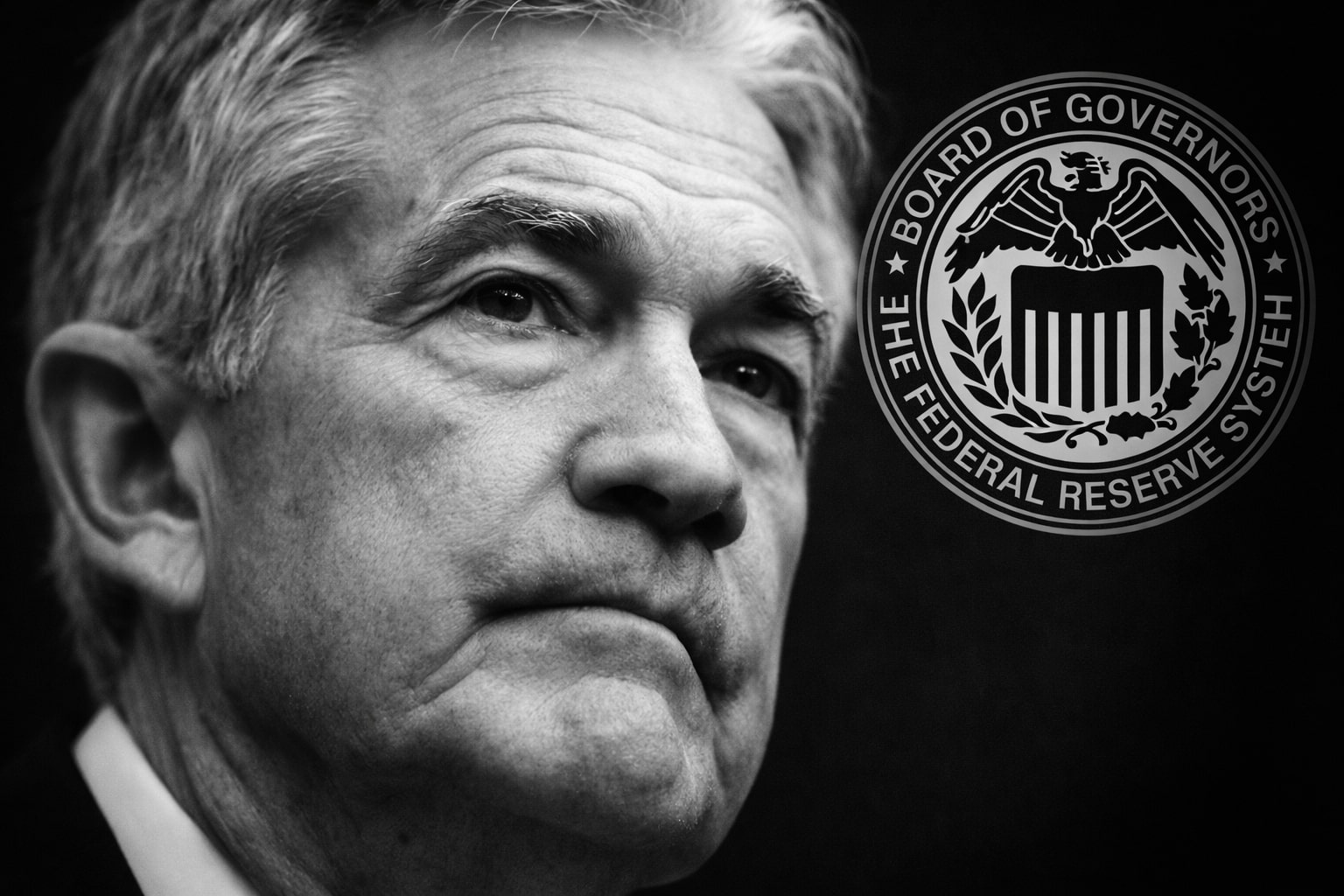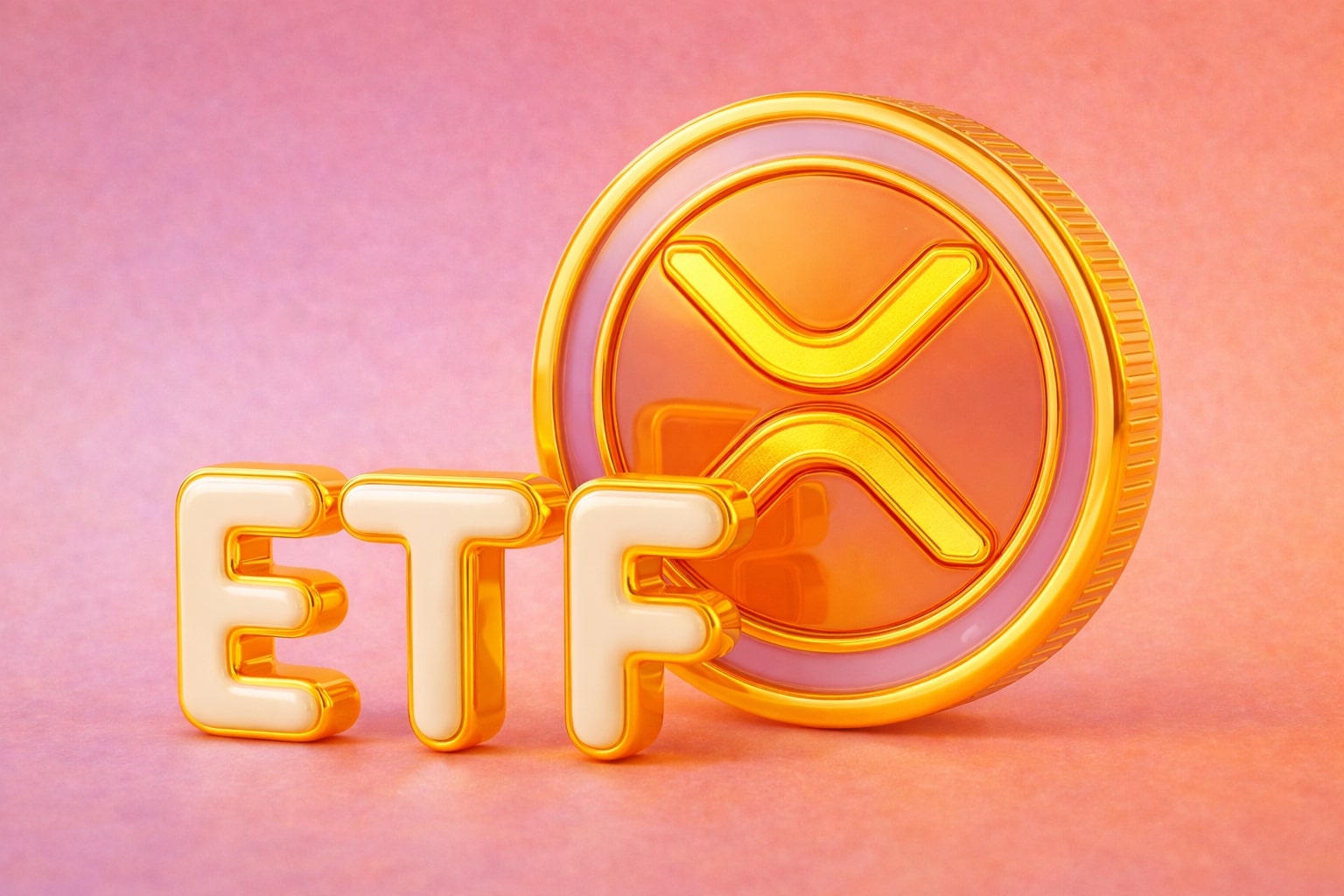EUR/USD's Key Movements and 2025 Outlook
The EUR/USD pair has shown a surprising reversal from an Asian session dip to the 1.0880 level and has now consolidated around the 1.0960 area. This movement comes after hitting a high of 1.1146, the highest point since September. EUR/USD's ability to hold the 1.0960 zone, near the 50% Fibonacci retracement level from the recent drop, suggests that market sentiment may remain mixed for the immediate future.
US Dollar Weakness Amid Recession Fears
The US Dollar (USD) has been facing challenges despite a recovery attempt from a six-month low last Friday. The anticipation of a potential recession has led traders to recalibrate expectations regarding Federal Reserve actions. There is now a growing consensus that the Fed might execute four rate cuts of 25 basis points each in 2025. As the US Treasury bond yields decline sharply, a result of these recessionary fears, the dollar faces further downward pressure. This dynamic plays a crucial role in supporting the EUR/USD pair as the market continues to price in a weaker USD, especially with the global flight to safety.
The EUR/USD pair has managed to maintain its momentum above the critical 1.0900 level, suggesting that the dollar’s weakness will likely support the euro for the near term. However, the concern about a potential US recession continues to loom, as the labor market's mixed signals and inflation fears create uncertainty. A lower dollar is beneficial for EUR/USD in the short-term, but longer-term prospects depend on broader economic shifts, including inflation and monetary policy adjustments.
Trade Tensions and EU-US Trade War Impact on EUR/USD
Trade policy, particularly escalating tensions between the US and the European Union, remains a critical factor influencing EUR/USD's performance. The EU faces significant risks from the ongoing trade war, which could cap the euro's gains. In response to US tariffs on steel, aluminum, and cars, the EU is considering additional retaliatory tariffs on US goods. These developments could bolster the USD's safe-haven status, creating resistance for the euro at current levels. The global economic uncertainty generated by these tensions suggests that EUR/USD might face a cap near 1.1000 in the short term, even if the euro benefits from US dollar weakness.
EUR/USD Technical Analysis: Potential for Further Upside
Technically, the EUR/USD chart suggests that the pair could test new highs if it successfully breaks above the 1.1000 to 1.1050 range. The formation of a bullish trendline around 1.0840 provides support, and if the euro manages to hold above this level, there is potential for an extended rally towards the 1.1150 resistance zone. If EUR/USD breaks through 1.1150, a further increase toward 1.1200 could be in sight. However, the market will need clear direction on trade policy and economic data, such as the upcoming German industrial production and Eurozone investor confidence, to solidify the uptrend.
Conversely, if the pair fails to hold above 1.0900, EUR/USD could retreat towards the next significant support at 1.0840, with 1.0750 as a lower target. These levels will be crucial for traders looking for short-term opportunities within the ongoing consolidation.
The Impact of Global Economic Factors on EUR/USD in Q2 2025
Looking ahead to Q2 2025, EUR/USD faces significant headwinds from both domestic and global factors. The Eurozone’s economic growth remains slower compared to the US, and ongoing trade tensions may put further pressure on the euro. The market’s response to the Fed's actions will be vital, as any moves toward rate cuts could weaken the USD, providing potential for EUR/USD to extend its rally. However, a shift in sentiment driven by a worsening trade conflict between the US and the EU could limit upside potential for the pair.
Moreover, with the EU-US trade war still looming, the tariffs' impact could reverberate through the broader market, influencing economic sentiment. As the market watches for any major developments from both sides, EUR/USD could face heightened volatility. Investors should watch for any signals of de-escalation in trade tensions, as a resolution could lead to a stronger euro.
Is EUR/USD a Buy or Sell as We Approach Q2 2025?
Given the current state of the market, EUR/USD presents a mixed outlook. On the one hand, a weaker USD, coupled with the European Central Bank’s stable monetary policy, could support the euro. On the other hand, escalating trade tensions between the US and the EU could cap the euro’s gains. The primary driver for EUR/USD over the next quarter will be developments in trade policies and interest rate differentials.
Investors should carefully monitor these factors. If EUR/USD breaks above the 1.1150 level, a bullish trend could unfold, targeting higher levels near 1.1200. However, if trade tensions escalate or the Fed’s rate cuts lead to a stronger USD, the euro could face downward pressure, with potential support around 1.0840.
In conclusion, EUR/USD is likely to remain volatile, with trade policy, economic data, and Fed decisions serving as key catalysts for price movements. Traders should remain alert to these macroeconomic developments and be ready to adapt to the shifting landscape.




















